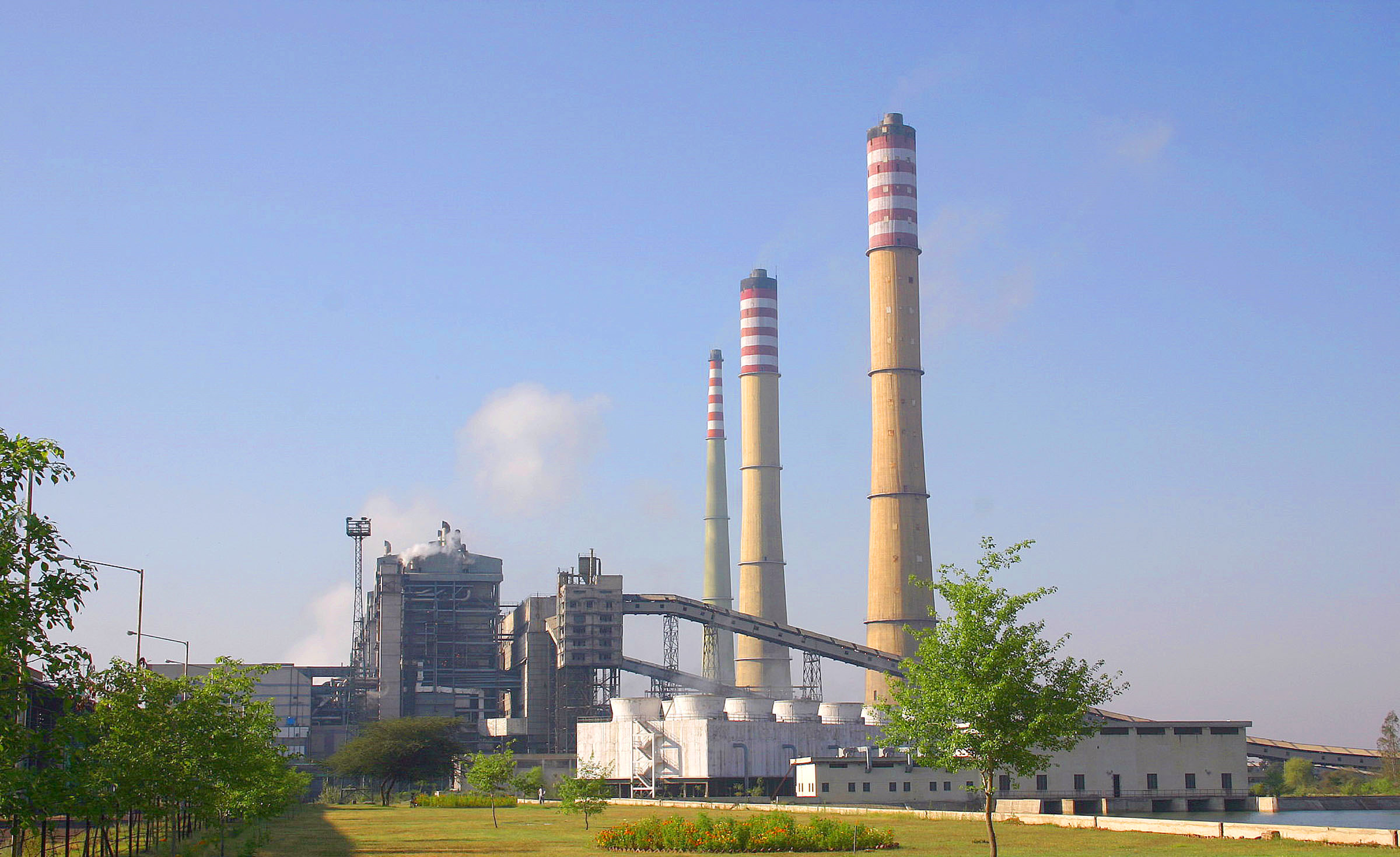Biomass is inevitably a sustainable energy resource to fuel our everyday needs for electricity. It is a renewable energy source and is derived from biological materials particular plant and waste organic material from animals. Considering it uses the principle of conversion of chemical energy in plants or organic waste to produce electrical energy, the system can be dependent since we are not going to be depleted of these resources unlike our dependence on the limited fuel resources of coal and oil.
Biomass Power Plant
 The basic outline on the generation of electricity from biomass involves a series of conversion where the solar energy from sun is converted to chemical energy as starch in plants, which is then converted to thermal energy when the biomass is burned. The thermal energy is used to heat the water in the boilers of the power plant, causing a change in the internal energy and the steam produced is used to rotate the turbine, an example of kinetic energy. The kinetic energy in turbine is used to rotate the conductor in the generator to eventually produce electrical energy. This however complies with the Law of Conservation of Energy which clearly states: Energy cannot be created and neither destroyed but can be changed from one form to another. The debate then arises as to why only a fraction of the solar energy from the sun manages to produce electrical energy in the Power station .This is because some of the energy is wasted or lost to the surrounding as sound energy and friction in the bearing of the shaft. On an average the efficiency of biomass for Power generation is around 45%.Therefore efficiency becomes a major issue in the operation of a power plant.
The basic outline on the generation of electricity from biomass involves a series of conversion where the solar energy from sun is converted to chemical energy as starch in plants, which is then converted to thermal energy when the biomass is burned. The thermal energy is used to heat the water in the boilers of the power plant, causing a change in the internal energy and the steam produced is used to rotate the turbine, an example of kinetic energy. The kinetic energy in turbine is used to rotate the conductor in the generator to eventually produce electrical energy. This however complies with the Law of Conservation of Energy which clearly states: Energy cannot be created and neither destroyed but can be changed from one form to another. The debate then arises as to why only a fraction of the solar energy from the sun manages to produce electrical energy in the Power station .This is because some of the energy is wasted or lost to the surrounding as sound energy and friction in the bearing of the shaft. On an average the efficiency of biomass for Power generation is around 45%.Therefore efficiency becomes a major issue in the operation of a power plant.
This was however a brief outline on the generation of electricity from biomass but the actual process involves a series of steps which is discussed in details in the rest of the article. The biomass products which particularly include plant derivatives and animal waste is heated or burned in a furnace. The heat generated in the process which is between 500 to 7000C is used to the boil the water in the boilers into high pressure steam. The steam is then used to rotate the turbine blades. The turbine is connected to a generator which uses the principle of Electromagnetic Induction to produce electricity: When a conductor cuts a magnetic flux it produces electricity. However in order to generate higher electrical energy it has to comply with the Faraday’s Law of Electromagnetic induction which states: Higher the rates of change of magnetic flux higher the induced EMF. The above operation is also applicable for fossil fuel/coal/ nuclear station. However the biomass uses a different boiler technology than the former because of its energy production capacity.
Biomass Boilers
Biomass boilers are also suitable to be used at home. Biomass boilers can be a perfect substitute for oil and gas boilers. Wood being the most common biomass energy source can be burned and the amount of air supplied to the combustion chamber is automatically controlled by the biomass boiler for the process of gasification to take place. The heat produced can be various purposes ranging from boiling water to working as a typical radiator during winter. The drawback attached with the biomass boiler is that it consumes more space than a regular oil or gas -run boiler but it can compensate for those area residents, particularly in the rural areas of developing countries to include India, who are deprived of the privilege of a continuous gas supply.
Biomass fuel/ Bio fuel energy
Apart from generating electricity and using biomass boilers for cooking and radiators; biomass can also be used for producing bio fuel. Bio fuel, as the name suggests is fuel produced from biomass that includes ethanol and biodiesel to be used as transport fuel. As it was discussed in the earlier article, ethanol can be produced from biomass by the process of gasification. In this process biomass is reacted with oxygen at high temperature (less than 7000C) to produce a mixture of gases including carbon monoxide, hydrogen, carbon dioxide and methane. These “producer gases” or “synthetic gases” are later converted into ethanol. Ethanol provides the advantage on cutting down on carbon monoxide emissions from vehicles. Biodiesel, on the other hand can be used like ethanol on cutting down on the pollutant emissions from the vehicle or can be used as a fuel for diesel engines.
Biomass, can definitely be voted as a reliable energy source, not only it is a renewable energy source but it shares several advantages to include its application in biomass boilers and as biomass fuel.
